These carafes contained appetizing or curative drinks such as iskenjebi or cherbet, drinks that are an integral part of Azerbaijani culinary art.
Heavily decorated with friezes of small mandorlas enclosing stylized flowers, followed by eight calligraphic cartouches on the neck and twelve large, heavily hemmed botehs on the body.
# Note the presence of small botehs inside. A large bronze esse hilt, strongly held by four hammered mountings.
## The boteh (Persian: بته), or buta, is an ornamental design in the shape of an almond or pine cone with the curved upper end.
Although of Persian origin, it is found in India, Azerbaijan, Turkey and other countries of the Near East.
Through the medium of Kashmiri shawls, it spread enormously in Europe.
Historians consider the boteh to be the convergence of a stylized floral wreath and a cypress: a Zoroastrian symbol of life and eternity.
The "curved" cedar is a sign of strength and resistance but also of modesty.
The floral pattern originated in the Sasanian dynasty and later in the Safavid dynasty of Persia (1501-1736).
It was a major textile motif in Iran during the Kadjar and Pahlavi dynasties.
At that time, the motif was used to decorate royal regalia, crowns and court clothing, as well as textiles used by the general population (various sources)
The fineness of the carvings show the dexterity of Persian engravers.
These marvelous tinned coppers, were under the Safavid and Qajar dynasties, an eminent alternative to silver and they enjoyed the same status. These objects certainly lived on as the centerpieces of Persian homes.
A magnificent artefact of Persian art, our highly crafted model can only become a centerpiece of a fine collection.
Dimensions: height: 30.5 cm, width: 22 cm, diameter: 16 cm, weight: 1754 grs
FREE SHIPPING FOR FRANCE as for all of our objects!!! FR 0€ / EUR 25€ / WORLD 50€ -
For all requests for information, do not hesitate to contact me on 06 13 36 09 30 or on winsteinprovence@gmail.com
You will find on our site a wide range of Persian rugs , Anatolian and Caucasian and a fine collection of ancient objects.
www.winsteinprovence.com
COME AND VISIT US!!!
(texts, photo credits, Winstein, all rights reserved)


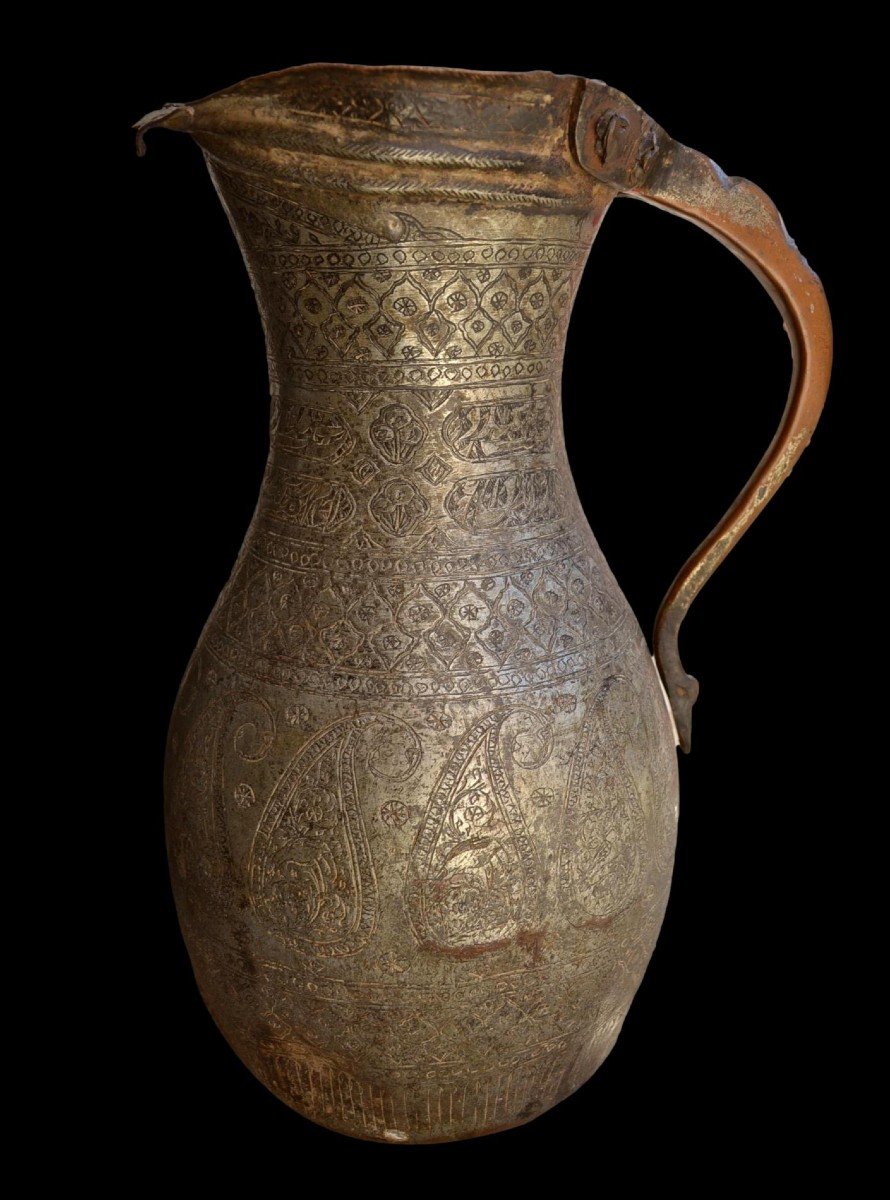




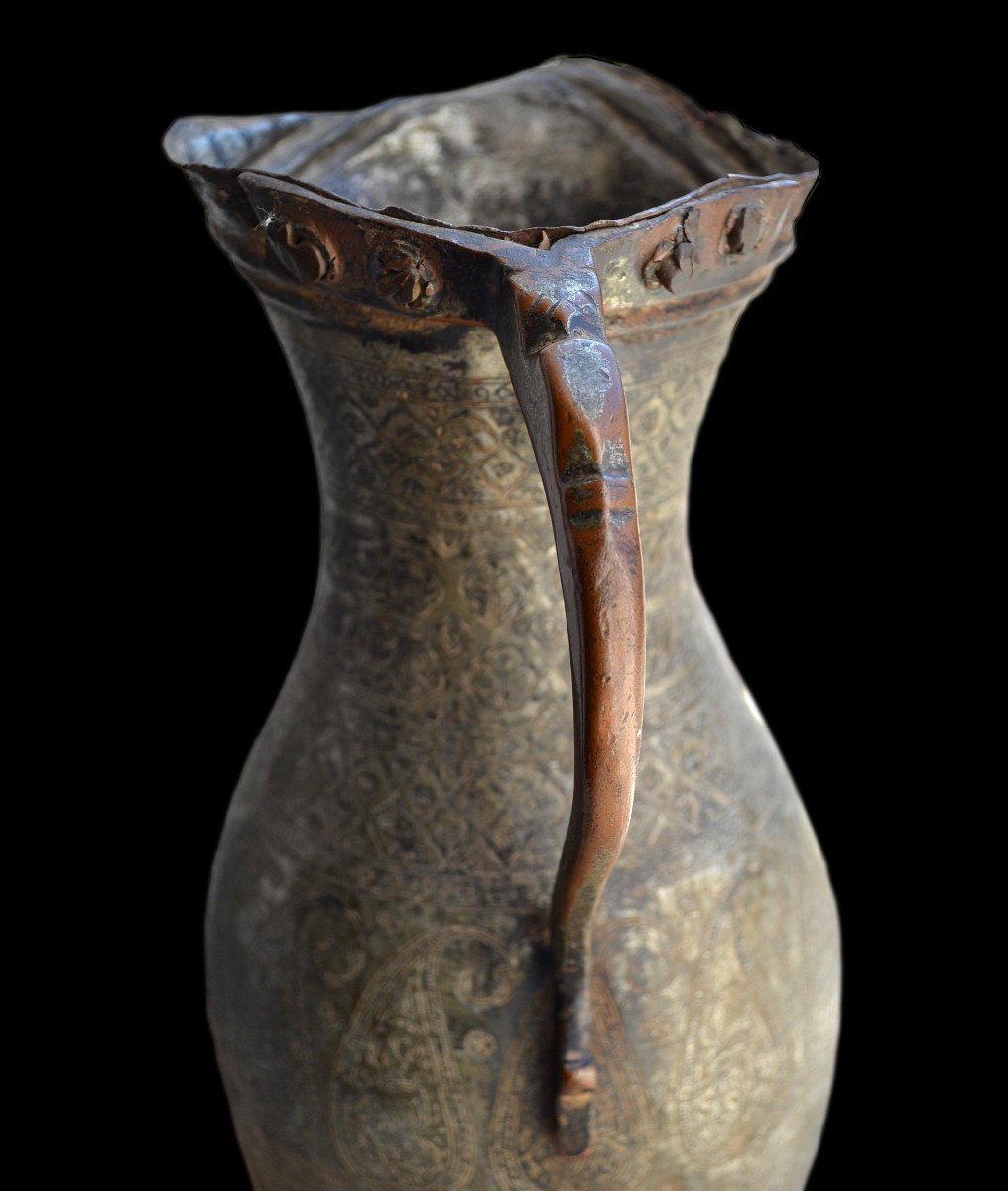





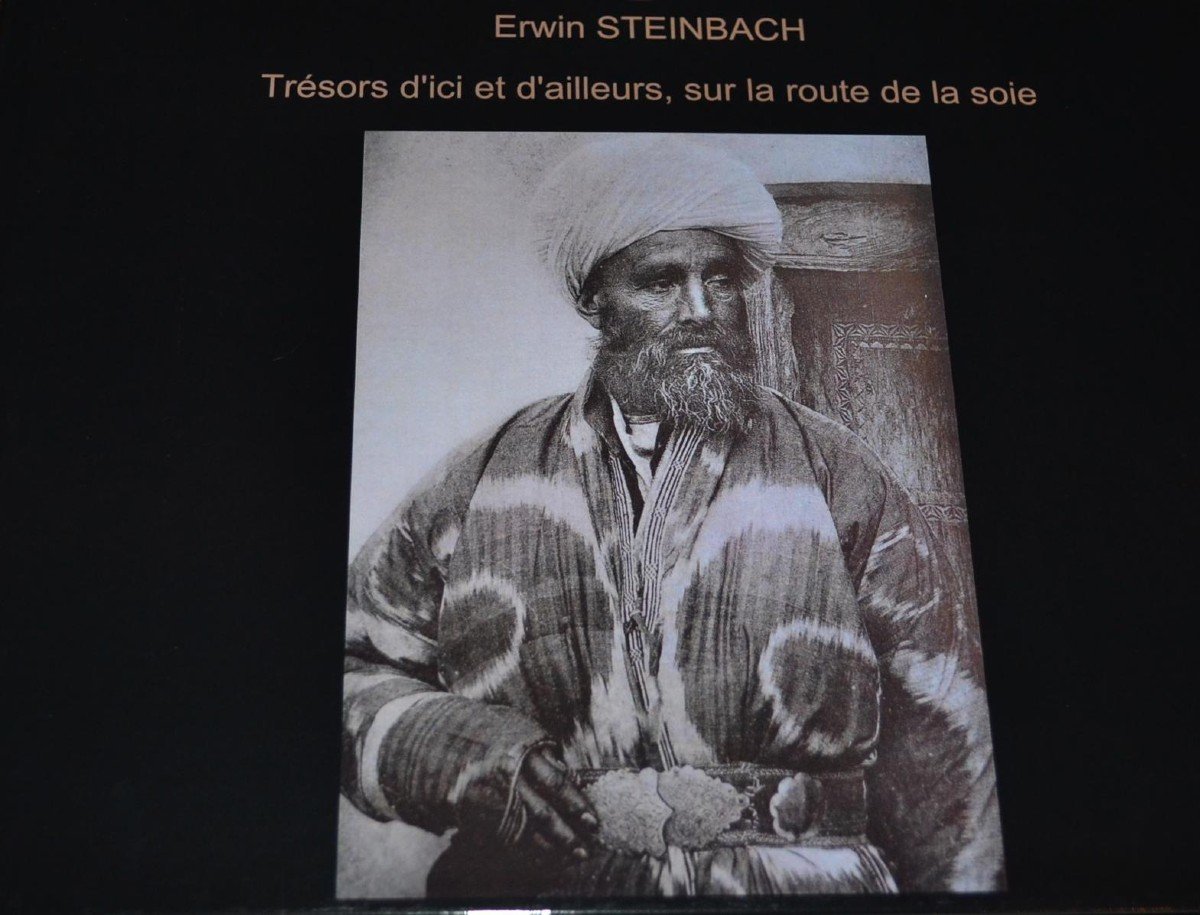
















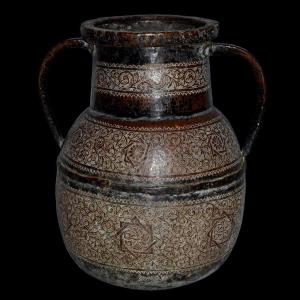


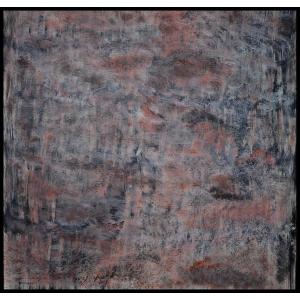





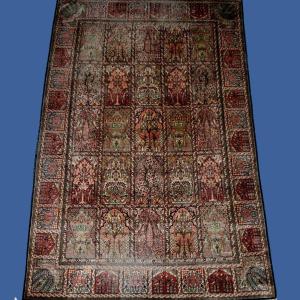
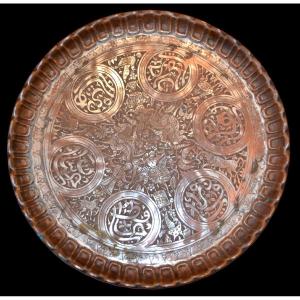
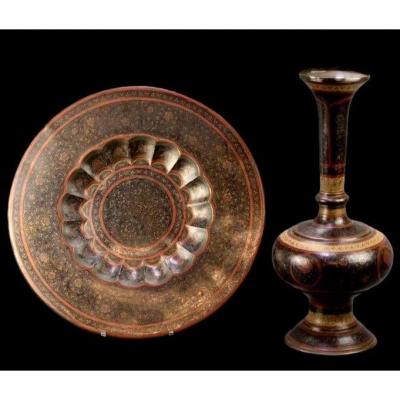
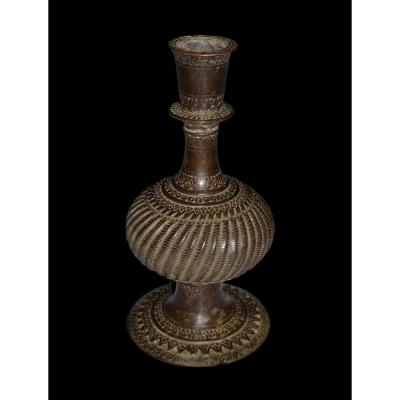
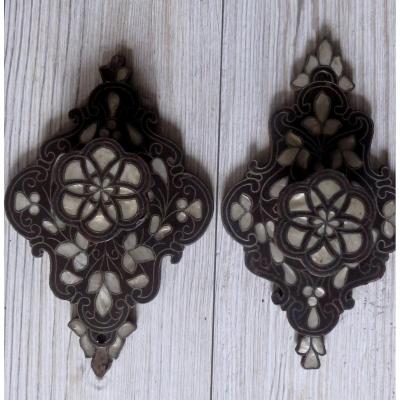






 Le Magazine de PROANTIC
Le Magazine de PROANTIC TRÉSORS Magazine
TRÉSORS Magazine Rivista Artiquariato
Rivista Artiquariato